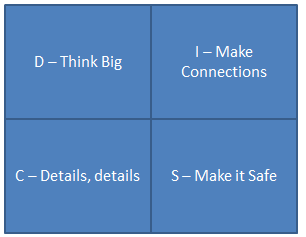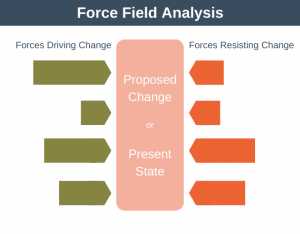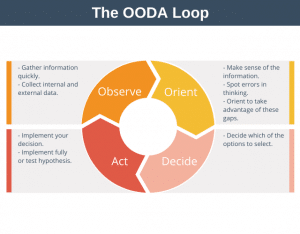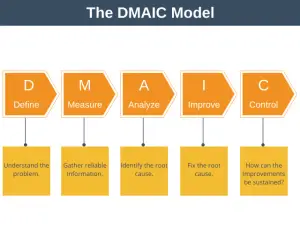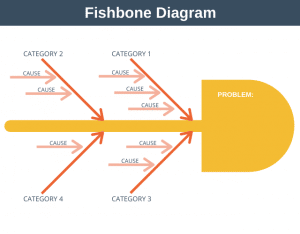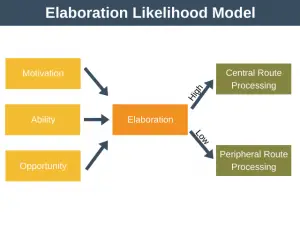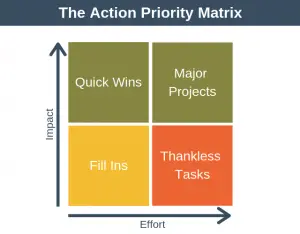When making important decisions, are you the sort of person who naturally jumps right in, the sort of person who first makes a detailed plan, or the sort of person who tries to minimize risk?
Whatever your preferred natural style, understanding your dilemma from a different perspective can help you to make better decisions by paying attention to your natural weaknesses. A simple tool to help you do is the DISCovery Walk based on the DISC personality profile developed by John Geier.
The DISC model consists of four personality styles as follows:
- Dominance: a person who is naturally driven and assertive.
- Influence: a person who likes to make use of social connections and verbal communication.
- Steadiness: a person who is naturally thoughtful, patient, and persistent.
- Caution: a person who naturally has great attention to detail.
The DISCovery Walk works by looking at the dilemma in question from each of the different perspectives in turn. NB: It is very similar to the Six Thinking Hats but easier to use (I use it frequently during my program management work).
The D-Perspective (Dominance)
When examining the decision to be made from the D-Perspective, ask questions from the D-Style, such as what would you do if you could not fail? What are the quickest ways past the obvious challenges that lie ahead? What action needs to be taken immediately?
The I-Perspective (Influence)
When considering the problem from the I-Perspective, ask questions such as who do I know that could help me with this? Is there a partnership to be made? Can Linkedin, Facebook, Twitter or another social media site help me with this?
The S-Perspective (Steadiness)
Questions to ask when considering a potential decision from the S-Perspective include, what information am I missing? Do I fully understand the possible options? Can I backtrack if this decision turns out to be a mistake? Is there anything I’ve overlooked?
The C-Perspective (Caution)
When considering things from the C-Perspective, ask questions like how can risk be minimized? What is my Plan B if Plan A fails? Is there a simpler way of doing it? What possible things might go wrong?
Finally…
Once you have analysed the problem/decision from all four different perspectives you will be in a better position to take a course of action. Even if you still decide on your original instinctive course of action, you will have the advantage of at least considered perspectives that don’t come naturally to you.
Another advantage of this method is that it is easier to remember than the six hats method of determining a course of action, and so can be easily performed in just a few minutes from memory.
